Mattress manufacturers and suppliers discuss what sustainable design means to them and how they’re approaching the future.
As the bedding industry marches toward a future defined by a circular economy, many businesses question where to start their sustainability efforts. For some, the answer is simple — the design.
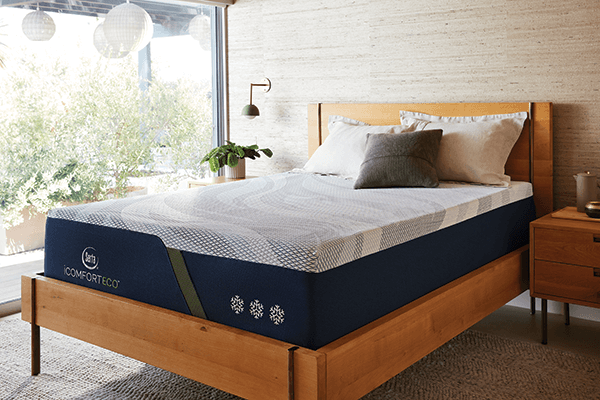
For a product to be recycled or upcycled, it must be designed to be broken down or “unmade” from the start, according to Stefaan Cognie, co-founder of TripleR, headquartered in Ghent, Belgium. From his vantage point at the helm of a company specializing in circularity for the bedding industry, it all begins with the product designers.
“We have to start thinking counterclockwise,” Cognie said during his speech at the ISPA Sustainability Conference. “If you make products so that they can be unmade at the end of life, you can separate the products and take care of their components. That’s going to be the solution.”
The following companies are among those setting an example for the industry when it comes to sustainability. Keep reading to discover their definition of sustainable design, the eco-friendly products they offer, their current challenges and their ultimate goals for sustainability.

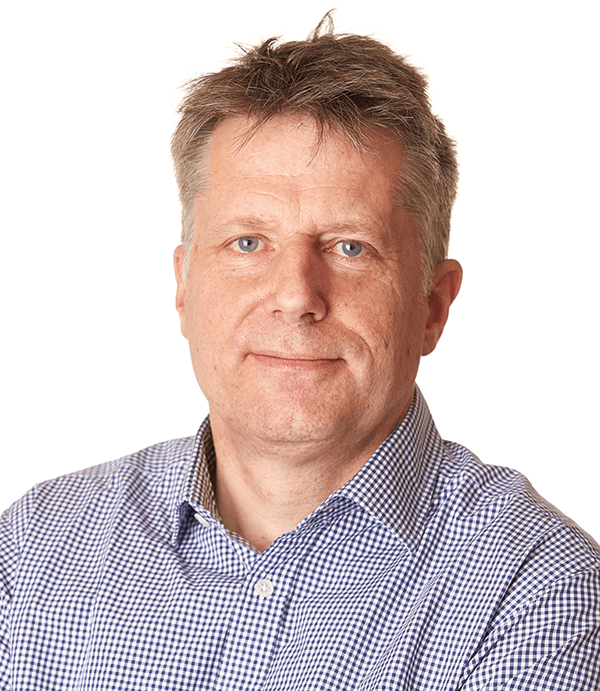

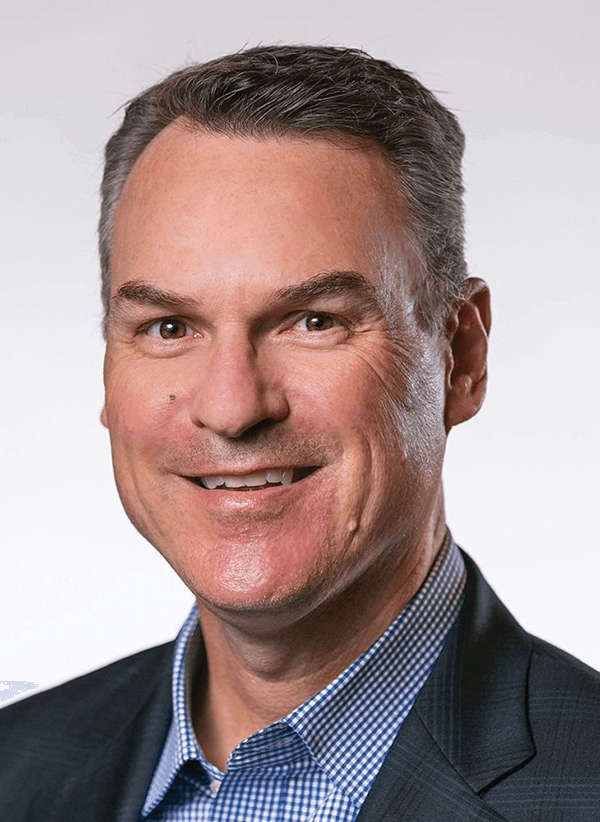
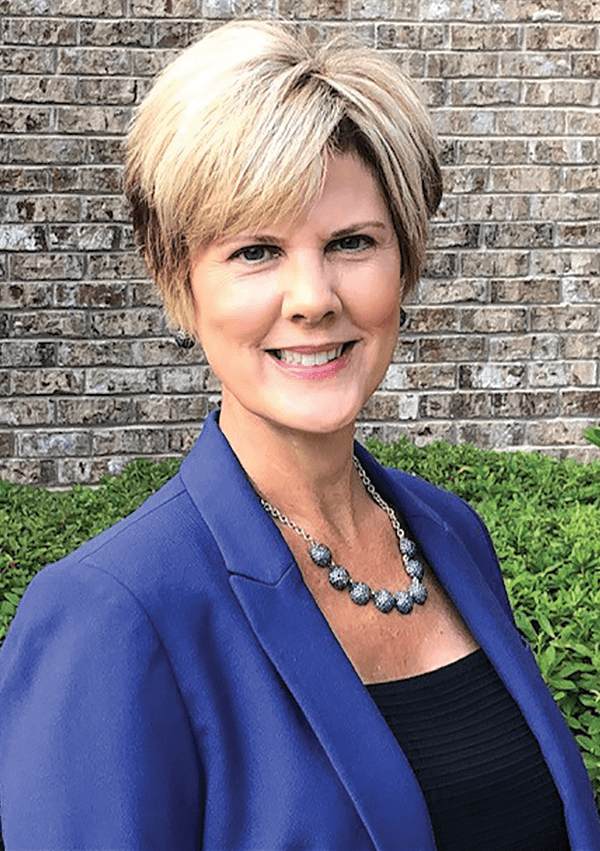



BedTimes: What does sustainable design mean for your company?
“Being sustainable reaches far beyond the final product sitting on the retail floor. Having a sustainable design is the all-encompassing approach to the circular economy. To truly reach that goal, the design needs to begin with the ultimate end in mind while also balancing the needs of today’s consumer. It’s a very delicate balance, but one we strive to maintain throughout our development cycle.” — Rhiannon Burch Hallam, senior vice president of sales for BekaertDeslee USA
“From having visited a landfill, which everyone should experience, designing sustainable products became an emotional necessity. At TPS, our goal is that all our products will be 100% sustainable by the end of 2024.” — Matan Wolfson, director of business development, Texas Pocket Springs
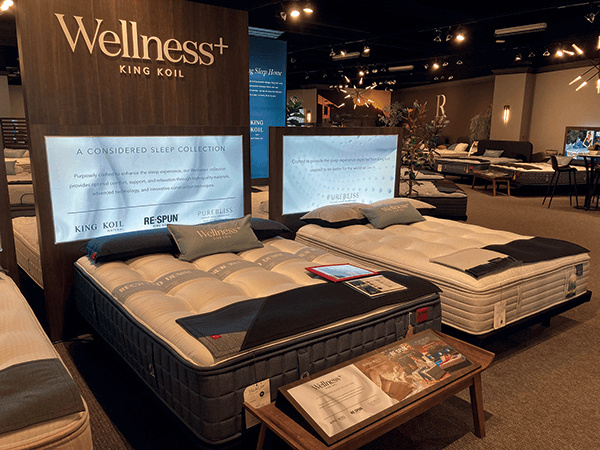
“Designing sustainably at King Koil means that we consider the entire life cycle of a product, starting with the product development process, all the way through manufacturing to disposal, including recycling and reuse of raw materials. When we sit down to design a product today, we look at how all these different elements will work and fit together. … Our goal is not just to set the pace in sustainability practices as a manufacturer, it is to try and help our retail partners figure this out in a way that makes sense for everyone.” — Don Pflug, senior vice president of operations for King Koil
“At Covestro, it starts with the principles of a circular economy. … Covestro is fully focused on the circular economy principle and becoming a guiding force for the entire plastics industry. Society and economics must find new ways of putting our world’s limited resources to good use and make the circle our new guiding principle: Viewing used products as a resource, recovering everything we can from them to recycle along the value chain. It also means exploring alternative sources of sustainable raw materials, such as biomass. Overall, it is important for companies to design cycles efficiently and by using renewable energy, thereby enabling a true circular economy.” — Richard Skorpenske, vice president of public affairs for North America, Covestro
“Sustainable design is at the heart of every product that we make. … We are the U.K.’s most vertically integrated, luxury bed and mattress manufacturer, growing and processing our own natural fillings on our own farm (we are the U.K.’s largest grower of hemp, a carbon-negative super crop), and we are working toward being fully organic by 2025. We draw our own wire and manufacture our own award-winning pocket and micro springs using highly efficient, home-designed machinery. We are also the only mattress manufacturer in the U.K. to weave our own naturally FR chemical-free mattress fabric on-site, meaning that we control the quality and drastically reduce transport miles. We are Cradle2Cradle certified for our pocket cloth, we have signed up to the UN Global Compact, and we have recently moved from previously paying to offset carbon use overseas into premium climate initiatives to ensure substantial, long-term changes are taking place across our local region.” — Nick Booth, managing director, Harrison Spinks Beds
“A fundamental part of Vita’s sustainable product design process is making informed decisions backed up by science. Since 2021, 100% of our new product developments have a sustainable solution built-in that can enable sustainability objectives like decarbonization or circularity. For example, our Orbis first-generation foam has around a 4% CO2 reduction compared to our conventional foam per kilo. The crucial aspect about our new product development and design is the fact that the sustainable benefits are now substantiated by science-based data from our own verification-ready life cycle analysis model. Our in-house LCA model is producing data that has been verified by independent third parties. This provides our customers with the assurance that when they buy from us, they can make informed material choices for their own designs.” — Natalie Watson, head of sustainability for The Vita Group
“At Serta Simmons Bedding, we are on a journey focused to create and design mattress products within our manufacturing processes where our goal is zero waste to landfill. … The majority of plant-generated waste is recycled. We are also improving the energy efficiency of our facilities and transportation network. Our fleet of trucks is among the most efficient in the industry, which saves an enormous amount of fossil fuels. … Annually in the U.S., we recycle millions of pounds of cardboard, plastic and foam materials to not only divert them from the landfill but also to leverage these materials to be upcycled into alternative materials. We serve on the Mattress Recycling Council’s Board of Directors and our Moreno Valley, California, manufacturing facility recently completed the Sleep Products Sustainability Program facility certification process. In addition to improving Scope 1 and 2 emissions, we are also starting to address Scope 3 emissions. … Additionally, we are partnering with our suppliers to create innovative ways to increase sustainable content with the long-term goal of achieving a 100% sustainable and circular supply chain for SSB.” — Sheri McGuire, vice president of innovation sourcing for Serta Simmons Bedding
BT: What are your greatest obstacles or challenges when it comes to sustainable design?

“Through our vertical manufacture principles, we control a lot of the component parts and materials that go into our mattresses. However, for the remaining elements, responsible sourcing and materials provenance is one of the biggest challenges for a number of ingredients that traditionally go into our type of mattresses. To combat this, we set up a responsible sourcing group to track provenance and review ethics. This has led to a number of initiatives, including replacing horsehair for coir and partnering with a luxury cashmere knitwear manufacturer to take their clean waste to repurpose it into luxury mattress fillings.” — Booth, Harrison Spinks
“One of the greatest challenges is working today on solutions to a problem that will exist 10-plus years from now. The circular infrastructure is evolving at the same time as the consumers’ expectations on sustainable products. At some point, these paths will merge, and our responsibility as an industry is to meet the demands of all stakeholders in the moment their needs become truly known and defined. We are predicting the future and anticipating consumer needs in parallel.” — Hallam, BekaertDeslee
“From a product standpoint, we’ve achieved a 100% sustainable pocketed coil unit through our patented assembly technology. To add to the momentum, our newest machine, Gen-E, is now in its final testing stages. It should be fully operational by Thanksgiving.” — Martin Wolfson, owner and CEO of Texas Pocket Springs
“Our passion and our focus is our consumer. SSB is committed to being responsible corporate partners within our communities and to drive positive impact. We will continue to lead communications focused on improving people’s lives through our efforts in design and creation of sustainable, safe and comfortable products.” — McGuire, SSB
“The thing we all have to remember is that we still have to design beds that are comfortable and durable. Simply incorporating different raw materials doesn’t necessarily equate to comfort and durability, which at the end of the day, is what consumers care most about. We have to be very cognizant of how the raw materials work together when we are developing different models, and with (King Koil Executive Vice President of Innovation and Marketing) David Long’s talent as an innovative designer, strike a balance between the appearance of the product and what’s inside. Just because something is green or sustainable or environmentally friendly, doesn’t mean it can’t be visually dynamic at the same time. The fact is, sustainability is a lot more than a green story. There are also changing methodologies and waste factors that require us to be more mindful in how we do things, such as utilizing green adhesives, which break down easier and greatly mitigate over-spray in the air during the manufacturing process. Additionally, there is still a very large disconnect in messaging between manufacturers, retailers and consumers.” — Pflug, King Koil

“Sustainable design can be complex. Designing the next generation of sustainable products takes time and investment. And quite often, the technology required isn’t yet available at scale. So, the return on investment is often longer, which can be quite daunting. However, it is about doing the right thing, not the easy thing, that is important to Vita. It also takes a lot of engagement with different stakeholders across the value chain. At Vita, we found that once we identified and aligned with the right organizations, our progress accelerated and we were able to achieve a lot in a short space of time.” — Watson, The Vita Group
“There is lack of education when it comes to the sustainable design of products. This presents a challenge as we need the next generation to be well versed in sustainable design. Additionally, design is not limited to just products; it is also relevant to logistics and infrastructure. Collection, transportation and sortation are all key aspects to the circular economy that currently pose challenges in the industry and society. Finally, economics play a key role. Can new systems and products compete with the traditional materials and system and perform the same?” — Skorpenske, Covestro
BT: What sustainable products does your company offer?
“SSB introduced Serta iComfort Eco at the winter 2023 Las Vegas Market. Serta iComfort Eco builds on the comfort, support and cooling that the line has built its reputation on while adding more sustainability materials. Each queen mattress includes recycled plastics equivalent to more than 120 recycled plastic water bottles. The Serta iComfort Eco mattress CoolTemp cover is made, in part, with Repreve performance fiber, which is made from recycled plastic bottles. Separately, recycled plastics have also been integrated into the bottom support layer of the mattress. … The new coil found in the hybrid models also leverages a glueless design and is made from 85% recycled steel. The Terra Fusion memory foam, which can be found toward the top of the mattress, is made of 30% plant-based content that has USDA BioPreferred certification. SSB also introduced BR Harmony and Harmony Lux at the summer 2023 Las Vegas Market. The BR Harmony and Harmony Lux collections are the second generation of the BR Harmony collection introduced and predicated on using more sustainable materials. All have lush sleep surfaces made using plastic bottles diverted from the ocean. Each queen mattress is made with up to 100 plastic bottles hand-collected from coastlines and ocean-bound waterways. BR Harmony collection aids in keeping the sleeper cool and comfortable using plant-based PCM materials.” — McGuire, SSB
“Our new Wellness+ collection, introduced this summer at the Las Vegas Market, really
encapsulates our sustainable offering. Wellness+ brings together under one umbrella and in an exciting retail presentation, three major collections and their stories: Natural, which features Talalay natural latex, cotton and Joma Wool; ReSpun, covered in Everjean post-consumer recycled denim with plant-based foams, steel coils and natural latex; and PureBliss, our latex offering. All are available in multiple models with different comfort levels and constructions.” — Pflug, King Koil
“We offer a full range of sleep solutions that not only become a part of the circular economy but also reduce our ecological footprint. We have several textile technologies and cover solutions in our portfolio, along with certificates and labels, that transparently indicate how our products align with sustainability initiatives. From our work with the Seaqual Initiative to the introduction of the zipperless cover, we continue to bring new and innovative solutions to our customers.” — Hallam, BekaertDeslee
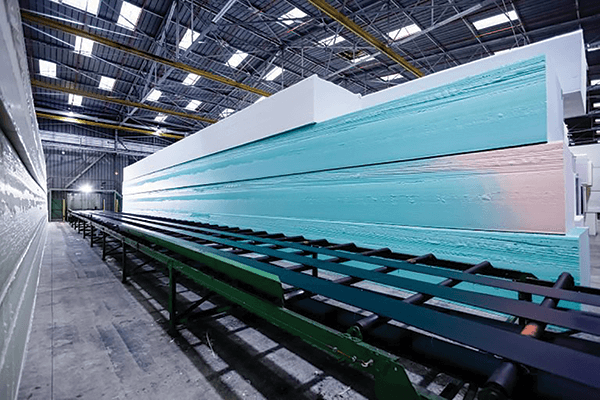
“… With our strategic programs, our primary aim is to maximize the use of limited resources and manufacture products in a truly sustainable, climate-neutral way. By using alternative raw materials and renewable energy, we aim to shrink plastic’s environmental footprint, reduce our emissions and eliminate waste, or reuse it as a resource. Some examples of our sustainable products include waterborne polyurethane coatings that make textile production safer and more eco-friendly. … Mattresses with a Covestro Niaga tag are made of polyester and steel only. That’s it. Happily, both are clean and infinite materials. The various components connect with our click-unclick polyester-based Niaga adhesive. The Niaga tag enables producers to get their materials back at the end of each product’s life cycle. We turn waste streams into infinite material streams, bringing high-quality resources back to life for new high-quality applications, again and again.” — Skorpenske, Covestro
“We have a wide range of sustainable products developed using renewable or recycled feedstocks: Origin is our product range made from bio-based raw materials. These products reduce the reliance on traditional feedstocks yet produce foam products that have the same quality and standard as those produced from traditional feedstocks. Novus is our foam constructed through mechanical recycling. Post-industrial trim (foam offcuts) is processed through bonding granulated trim with a binding agent. Novus is a versatile product that offers the largest CO2 reduction potential of our product portfolio. This product can be used in multiple applications, from carpet underlay, artificial sports pitch shock pads and even within home furnishings, such as mattresses and chairs. Orbis foam is Vita’s innovative flexible polyurethane foam made with raw materials sourced from recycled post-consumer foam mattresses. To create Orbis, we partnered with Dow in the Renuva Mattress Recycling Program to produce flexible PU foams made from Renuva polyols — a raw material created from recycled mattress content.” — Watson, The Vita Group

“We make a 100% sustainable pocketed coil unit without using any glue: The permanent heat bonding versus using glue to hold the coils together is a game changer. Not to mention at the ISPA Sustainability Conference, recycling companies stressed how glue was their biggest challenge when disassembling a mattress. Manufacturing a pocket coil unit using glue produces an inferior, antiquated and nonsustainable pocketed coil unit.” — Matan Wolfson, Texas Pocket Springs
“All our mattresses and beds are built with sustainability in mind. Our current brand campaign is called ‘Cut from a Different Cloth,’ a statement we are boldly proud of. All our mattresses are glue-, foam- and FR chemical-treatment free; we grow most of the natural fibers that go into our mattresses, as well as being the first bed manufacturer to partner with British Wool on their responsible wool scheme, meaning the sheep farmers we buy from are paid a fair price for their products and they have been assessed for animal welfare. Our pocket springs are fully recyclable at end of life, as is our mattress fabric.” — Booth, Harrison Spinks
BT: What is your ultimate goal when it comes to sustainability?
“We have a cradle-to-cradle business model already mapped out, drawing our own wire from rod, manufactured from our own recycled coils. We will manufacture our own SBPP (spunbond polypropylene) using recycled SBPP. We understand it’s a long road with challenges, but why not set big goals for ourselves? At the end of the day, we all have to do our part.” — Martin Wolfson, Texas Pocket Springs
“We’re just starting to scratch the surface in all of this, but we see sustainability becoming a part of our everyday lives and how we manufacture products. We’re not treating this as a fad or the next big thing, and we believe it is much more than just the products we’re sleeping on. It’s how we want to live in totality, and I’m proud of the fact that King Koil has incorporated it into our business model, with 12 different KPIs that we are measuring and tracking and reporting to our board of directors and our employees.” — Pflug, King Koil
“The nature of the development of these products allows us and our partners to create products with a reduced impact on the environment whilst still offering the same high-quality durability and comfort that customers expect from our products. Our science-based approach to environmental claims and pioneering life cycle methodologies can help define the new standard for the flexible PU industry.” — Watson, The Vita Group
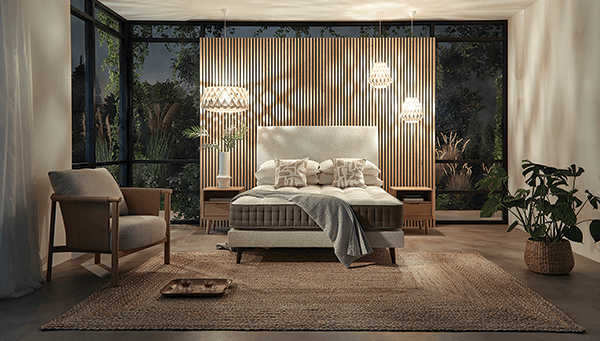
“Covestro has set ambitious sustainability goals for 2025. We want to further reduce our specific emissions, pass on our sustainability standards to our suppliers, align our research with the goals of the United Nations, get the most out of carbon, and thereby improve the livelihoods of 10 million people in underserved markets around the world. Through these initiatives, we aim to be climate neutral regarding Scope 1 and 2 emissions by 2035. We will also be announcing Scope 3 targets in early 2024 and, finally, our vision is to become fully circular.” — Skorpenske, Covestro
“At Serta Simmons Bedding, our mission is to help people sleep better so they can live healthier lives. As part of this mission, we are on a journey to reduce our impact on the environment, both in the products we sell and the ways we operate.” — McGuire, SSB
“A hundred thousand mattresses in the U.K. alone end up in landfills each week. Our aim is to create a truly 100% fully recyclable mattress. As waste becomes more accepted as a raw material, we are also making great strides in mattress circularity, cleaning and repurposing component parts back into the value chain, rather than the landfill. However, to us, sustainability is much more than combating the effects of climate change. A robust ESG (environmental, social and governance) strategy also focuses on the social aspects of sustainability and to this end, we support a number of local charities and community-based projects as well as health, well-being and DEI (diversity, equity and inclusion) initiatives for our colleagues, including enhanced company-funded pension contributions, mental health first aiders and employee well-being days.” — Booth, Harrison Spinks
“Our mantra is ‘For a better tomorrow.’ Our actions and developments today will impact generations to come. Our goal is to align the value chain on a journey to a truly circular economy that enables all of us to create a better tomorrow in our work today.” — Hallam, BekaertDeslee




